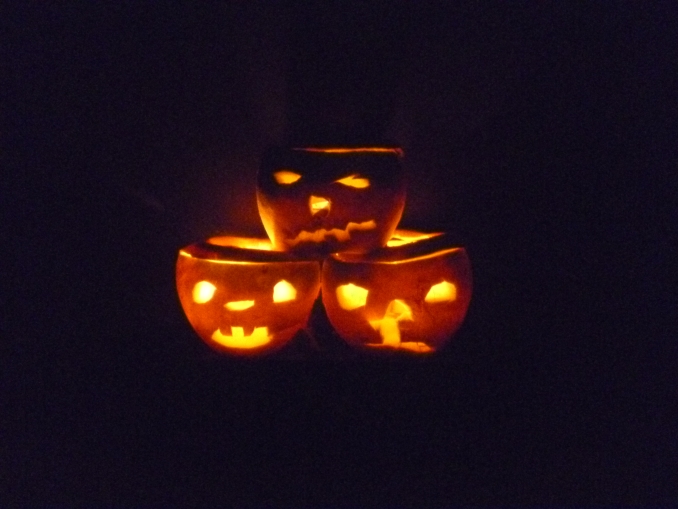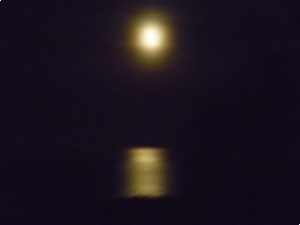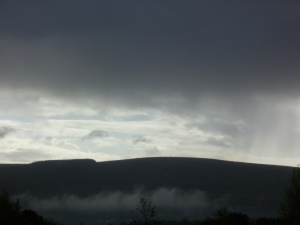The Celtic Origins of Halloween

Halloween is a festival that falls on October 31st and is now celebrated in many parts of the world. A night of bonfires, hollowed out turnips and pumpkins lit with candles highlighting carved gruesome images, an association with ghosts, the supernatural and the dead. People dressed in costumes often depicting figures of horror taken from fiction and film derived from the genre of Gothic horror. The origins of this popular celebration of all things macabre can be traced to the Celtic festival of Samhain. It is one of the four Gaelic seasonal festivals, along with Imbolc or Imbolg; Bealtaine (Irish: Lá Bealtaine; Scottish Gaelic Là Bealltainn; Manx Gaelic Laa Boaltinn/Boaldyn); and Lughnasadh or Lughnasa (Irish: Lúnasa, in Scottish Gaelic: Lùnastal, Manx: Luanistyn). Historically, Samhain is widely observed throughout Ireland, Scotland and the Isle of Man. Similar festivals are held at the same time of year in other Celtic lands; for example the Calan Gaeaf (in Wales), Kalan Gwav (in Cornwall), and Kalan Goañv (in Brittany).

In our previous interview with Dr Jenny Butler, a faculty member of the College of Arts, Celtic Studies and Social Sciences at University College Cork in Ireland, she traced some of the present celebrations back to what is known of Irish folklore traditions practised on the night of Samhain. When in Irish folklore she described: "the night of Samhain is when the barrier between the human world and the otherworld becomes thin, allowing the dead to come through and walk the Earth." So it seems there was a belief held by the Celts that at the time of Halloween the living could come into contact with the dead. Dr Jenny Butler went on to say that: "Halloween traditionally involves divinatory customs. Due to the belief that this is a time when the symbolic door between the world of the dead and the world of the living is open, there is the idea that people may be privy to supernatural knowledge concerning the future, since the ordinary barriers of time and space are considered to be transparent."

The time of year in which Samhain falls is also significant, as this was the point that stood between summer and winter, which was a time of transition leading to feelings of danger and uncertainty. The festival marks the Celtic ‘New Year’. So when people go out on Halloween night of 31st October, it is worth knowing that the traditions they now follow date far back into the mists of time and adhere to strongly held pre-Christian Celtic beliefs. Where candle lit lanterns perhaps acted as a guide for the souls of the returning dead. Where bonfires were lit on hills and places of sacred importance as part of a ceremony and belief system, the significance of which is now lost to us. Where to dress as a ghost, monster, witch or something not quite of this world was a way to protect the living human from being recognised by the dead. The Celtic Samhain was afterall a feast of the dead and in that sense can be seen as a way of honouring and remembering those that have now passed from this life. One of those special nights that link us to our ancient ancestors. So Halloween is a night to have fun. A time for fancy dress, ghoulish costumes and scary story telling. Happy Halloween, Samhain, Hop tu Naa or the other names by which it is traditionally known in your part of the world.
Content type:
- Pan-Celtic
Language:
- English





